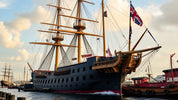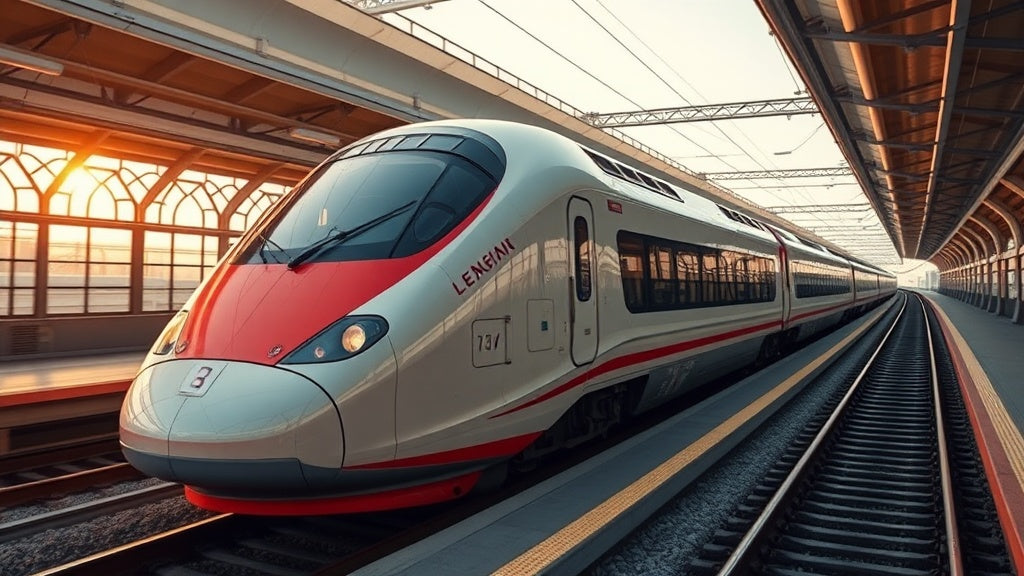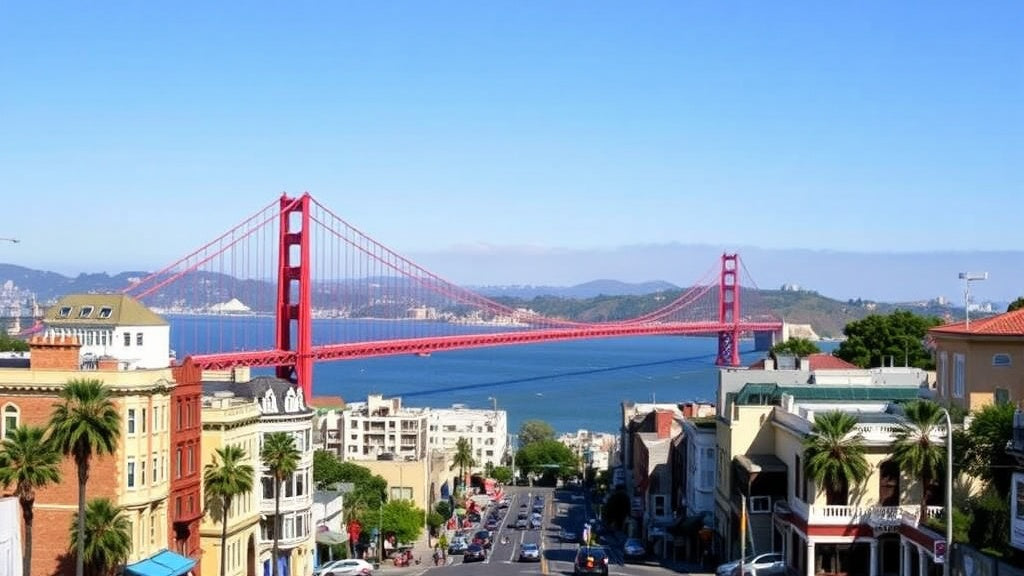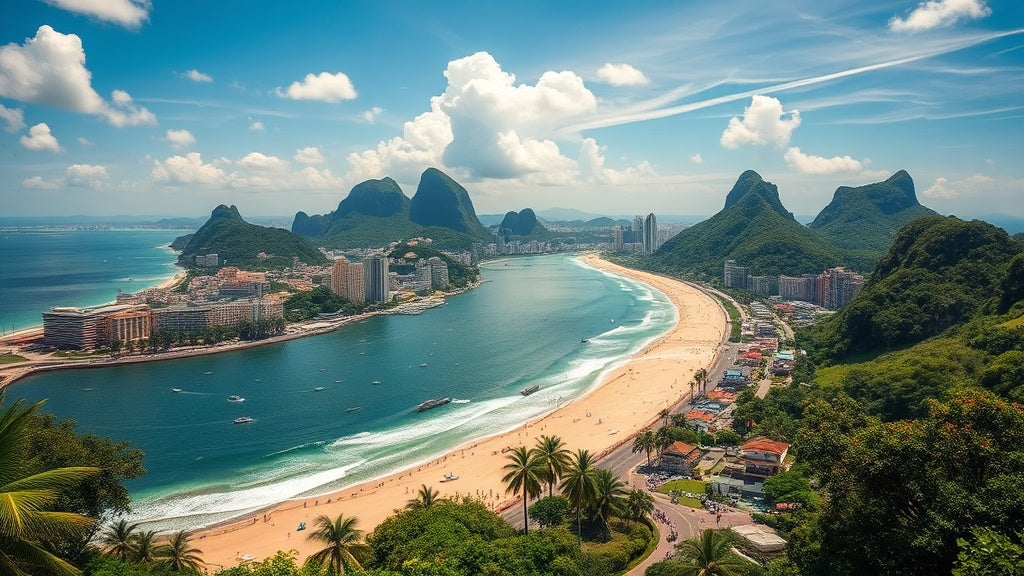
Explore HMS Victory: Britain’s Naval Powerhouse at Trafalgar
, by Unboxify, 6 min reading time

, by Unboxify, 6 min reading time
In the year 1805, Britain was embroiled in a fierce conflict with France, led by the formidable French Emperor, Napoleon Bonaparte. While Napoleon would assert dominance over mainland Europe, the high seas were under the absolute control of Britain’s Royal Navy. A pivotal event that year was the Battle of Cape Trafalgar, where the Royal Navy secured a definitive victory against the combined fleets of France and Spain. The triumph at Trafalgar ensured British naval supremacy for the duration of the Napoleonic Wars.
By 1805, Britain had the most powerful navy in the world, boasting 136 ships of the line and a manpower of 110,000 men at sea. The Royal Navy served multiple critical functions:
The HMS Victory stands as one of the most notable warships of the era. Initiated in 1759 during the Seven Years War, her design was attributed to Sir Thomas Slade, a renowned British Naval architect. The construction demanded an immense quantity of timber:
The ship was completed in 1765 and was soon recognized for her firepower, speed, and handling—qualities usually found in lighter vessels.
Though initially missing the Seven Years War, HMS Victory first engaged in combat 13 years later during the American War of Independence. When the Revolutionary Wars broke out, Victory served as a flagship, leading key operations such as Admiral Jarvis's triumph at Cape St Vincent in 1797.
By the late 1790s, Victory was worn out and facing decommissioning. However, she underwent a significant 3-year refit beginning in 1800, exceeding the cost of her original construction. This refit paved the way for her role in what would become her greatest triumph—the Battle of Trafalgar in 1805, where she sailed under the command of Vice Admiral Horatio Nelson.
A ship like HMS Victory required a large and specialized crew to operate efficiently:
The complex structure of roles ensured effective operation of the ship’s myriad functions, from navigation and combat to daily maintenance.
Victory’s middle gun deck measured 186 feet in length, while the top of her main mast rose 205 feet above the waterline. Her top speed was a respectable 10 knots or 11.5 mph.
In 1780, Victory was outfitted with copper sheathing, an innovation that prevented shipworm, barnacles, and weeds from damaging her timbers, thereby maintaining her speed and seaworthiness.
Victory was ship-rigged, featuring three main masts—the fore, main, and mizzen—as well as a bowsprit. Each mast consisted of multiple sections:
Victory boasted 37 sails with a total area of 6,500 square yards, roughly the size of a football pitch. Her large square sails included the forecourse, fore topsail, and fore topgallant sail on the foremast, while the main mast carried the main course, main topsail, and main topgallant sail.
The upper deck, or weather deck, consisted of several sub-decks:
This deck housed 30 12-pounder guns, the ship’s head for junior officers, and the Sick Bay. The Surgeon’s assistants, known as “lobby boys,” also slept here.
This deck featured 28 24-pounder guns and the ship’s galley. The aft section housed the wardroom for commissioned officers, while 300 sailors and marines slept here.
Victory’s heaviest guns, 32-pounders, were located here. Over 460 crew members slept on this deck, which was also home to the stern’s Gun Room for warrant officers.
The Orlop deck held vital supplies and small cabins beneath the waterline, including the forward store rooms, carpenter’s walk, and the cockpit. The hold carried provisions for up to six months and was lined with iron ballast and additional shingle ballast for stability.
Victory carried seven anchors, the heaviest being the 4-ton best bower anchor. The ship had multiple pumps, including four chain pumps that could expel up to 1,300 gallons of water per minute and two elm pumps for fire suppression.
Despite the advanced design of HMS Victory, it was the competency, experience, and tenacity of the British sailors and officers that truly secured naval dominance during the Napoleonic Wars. These seafarers exhibited unparalleled skill in sailing and combat, contributing significantly to Napoleon’s eventual downfall.
Today, HMS Victory remains a testimony to a bygone era of grand naval warfare. She is preserved in dry dock, welcoming visitors to explore her rich history. A ten-year conservation project aims to ensure her survival for centuries to come, providing a unique glimpse into the past for generations of maritime enthusiasts.







